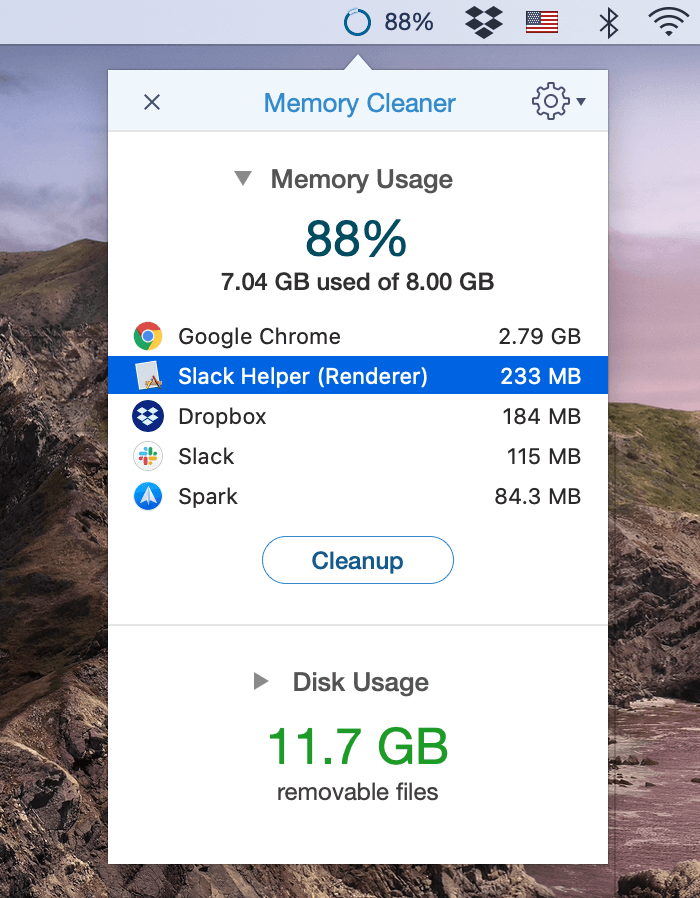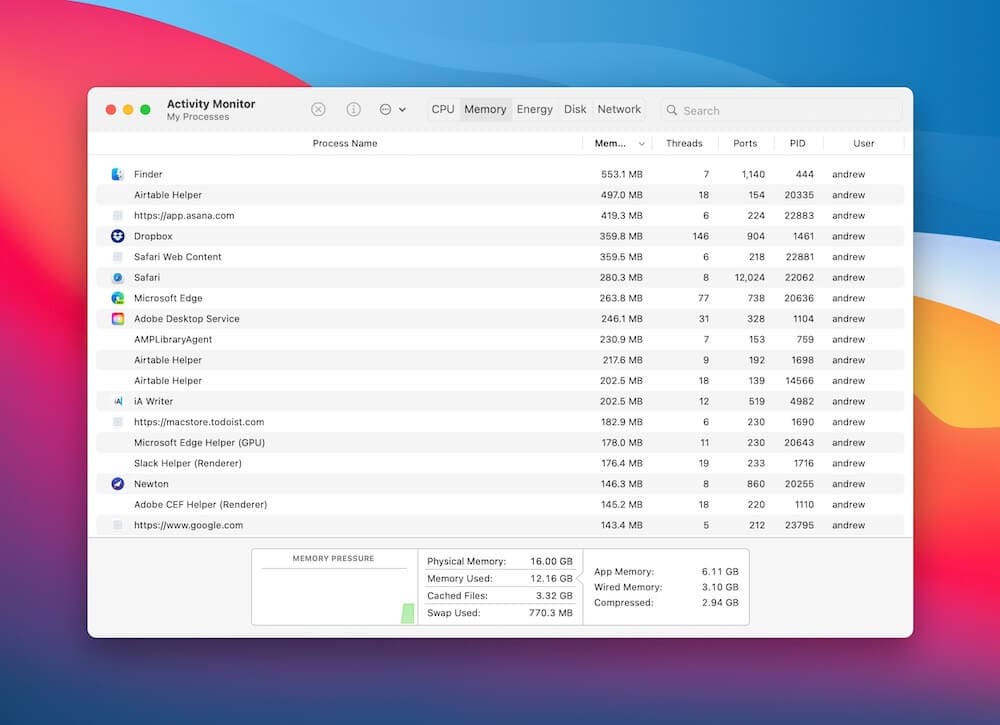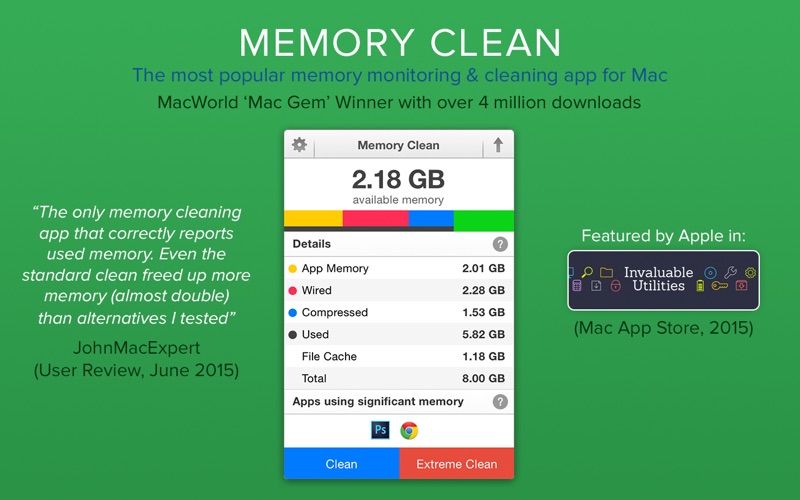

To review the apps and helpers that startup when you log in They are also frequently apps you once used but no longer need.

These could be helper apps for something like iTunes or just complete apps in their own right.

One common cause of Macs running slowly or having problems is items that launch automatically at startup. Likewise, if Spotlight is running slowly, run the Reindex Spotlight task. If you're having problems with Mail, repeat step 3, but this time click the checkbox next to Speed Up Mail. When it's finished, click Select Tasks to return to the list of maintenance tasks. Alternatively, choose another specific maintenance script such as Speed Up Mail or Reindex Spotlight and click Run. Click on the checkbox next to Run Maintenance Scripts and then click Run. You should try to run them all, but the one especially important for us is under Run Maintenance Scripts. You will see a list of tasks that CleanMyMac would suggest you to perform to optimize your Mac. Under the Speed section in the left sidebar, click on Maintenance.
Advanced mac cleaner in activity monitor free#
The process will quit and free up the resources it was taking up. To do that, click on the process first and then on the X in the Activity Monitor toolbar. When you identify a process that's causing a problem, either because it's hogging lots of CPU cycles or memory, or because it's highlighted in the Activity Monitor as having crashed, you need to kill it. To flip the order, so that processes consuming the least of the resource are at the top, click the arrow next to Memory or CPU above the list of processes. By default, processes are ordered starting with the one that's consuming the most of the resource at the top, so you can quickly see where problems are occurring or likely to occur. So, clicking on CPU lists tasks in the order of how much CPU capacity they're using. Clicking on any of those tabs organizes processes according to the percentage of the resource they are using. You'll notice there are five tabs across the top of the Activity Monitor window: CPU, Energy, Memory, Disk, and Network. Or open Activity Monitor in one click through iStat Menus app. Alternatively, go to Utilities in the Applications folder and double-click on its icon. When it appears in Spotlight, hit Return to launch it. The easiest way to launch Activity Monitor is to press Command and spacebar to call up Spotlight, then start typing Activity Monitor.


 0 kommentar(er)
0 kommentar(er)
